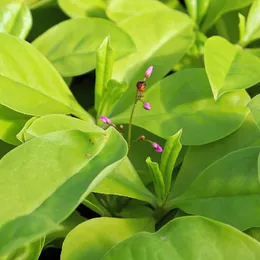Search Plants
Try for Free
English


Top 20 Most Common Plants in Deo
In Deo, you can find Guava, Garden croton, Pygmy date palm, Two-flowered everlasting pea, Cape leadwort, and more! There are 20 types of plants in total. Be sure to look out for these common plants when you’re walking on the streets, in parks, or public gardens.
























